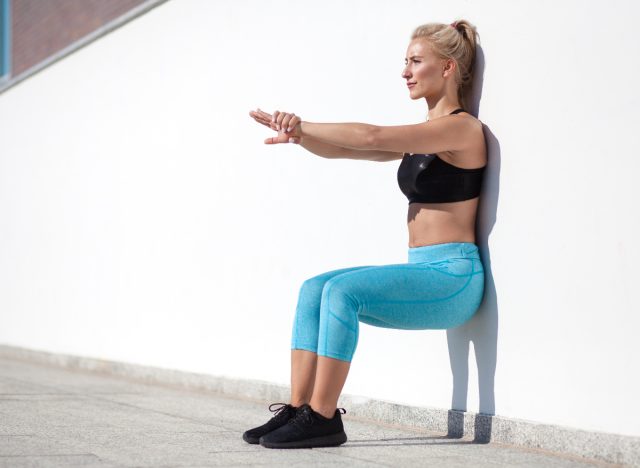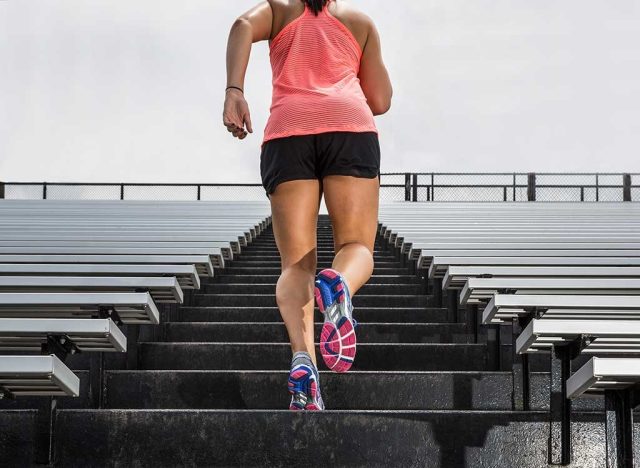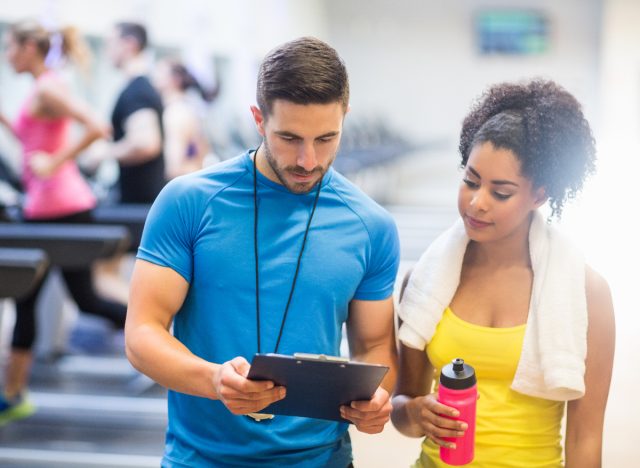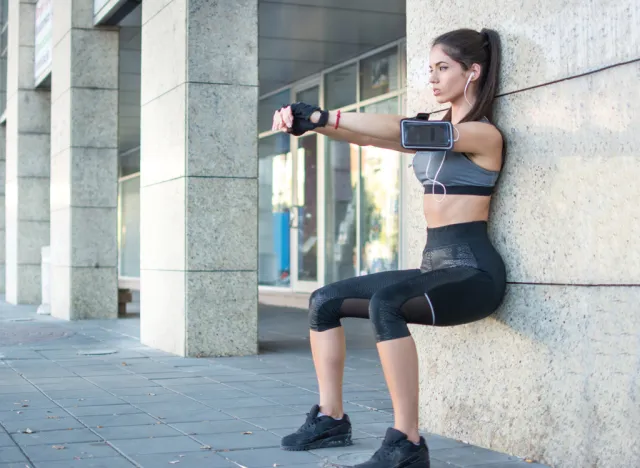This Simple Test Can Reveal How Fit You Really Are (No Equipment Needed)

Most people think you need a gym membership, fancy trackers, or a personal trainer to determine your level of fitness. But here’s the truth. One of the most revealing fitness tests available does not require any equipment at all. No weights. No machines. Just you, a wall, and one minute.
This simple move can highlight your strength, stamina, mobility, and mental grit all in under 60 seconds. Whether you’re just starting your fitness journey or are a seasoned lifter, this no-equipment challenge offers a real-time look into your lower-body endurance and overall fitness capacity. Ready to find out what you’re made of?
What Is the 1 Minute Wall Sit Test

A wall-sit is not your average bodyweight move. It is a physical and mental checkpoint rolled into one. The 1-Minute Wall Sit Test measures how long you can hold a seated position with your back against a wall and your knees bent at a 90-degree angle. It mimics a squat hold without any added resistance.
Trainers, athletes, military personnel, and physical therapists use this test because it effectively gauges lower-body strength and endurance. It targets your quads, glutes, hamstrings, and calves. And because it locks the muscles in place without allowing movement, it challenges both your mental focus and your tolerance for fatigue simultaneously.
Here is how to do it:
- Stand with your back flat against a wall and your feet about two feet away from the base of the wall.
- Slide your back down until your thighs are parallel to the floor and your knees are bent at a 90-degree angle.
- Keep your back against the wall and your arms either crossed over your chest or relaxed at your sides. Do not use them to help push off.
- Start your timer and hold the position as long as you can. Your goal is at least one minute.
- If your hips drop below parallel or you use your hands or legs to help, the test is over.
Why This Test Reveals More Than You Think

What looks simple on paper quickly becomes a test of full-body control. Holding a static squat at 90 degrees forces your quadriceps and glute muscles to work without rest. It also demands joint stability from your hips, knees, and ankles while your core works to support your upper body.
This test does not just measure how strong your legs are. It reveals whether you have the endurance and movement control needed for everyday life. Climbing stairs, walking uphill, and carrying loads all require the same muscle groups working in unison. This test simulates that kind of effort. It also demonstrates your ability to manage discomfort and fatigue, both key indicators of fitness.
How to Interpret Your Results

Just one minute in the wall-sit position can feel like forever. But how long you last says a lot about your fitness level. Here is how to break it down:
- Less than 30 seconds: Below average. Your lower-body strength endurance may need improvement.
- 30 to 59 seconds: Average. You have a solid foundation, but there is still room for improvement.
- 1 to 1 minute and 30 seconds: Good. Your stamina and lower-body control are well above average.
- 1 minute and 30 seconds to 2 minutes or more: Excellent. You show strong muscular endurance and mental resilience.
Also, pay attention to where you feel the strain. Quads burning first is normal. However, if your knees ache or your hips shake early on, that may indicate mobility issues, muscle imbalances, or weak glute muscles.
How to Improve Your Wall Sit Score and Overall Fitness

If you were shaking after 30 seconds, do not stress. This is a test you can train for. Improving your wall sit performance will also boost your lower-body strength, stamina, and posture control.
Use these steps to improve:
- Practice wall sits weekly. Add 2 to 3 sets to your workouts. Hold the position a little longer each session.
- Train your legs with purpose. Bodyweight squats, walking lunges, and step-ups will build strength in the same muscle groups.
- Strengthen your core. Use planks, bird dogs, and side planks to improve your ability to stay upright during wall sits.
- Work on mobility. Tight hips or calves can make the position harder. Regularly stretch your hip flexors and ankles.
- Add interval-style wall sits. Try 30 seconds on, 30 seconds off for 3 to 4 rounds. This builds endurance fast.
Stay consistent and track your progress. You will notice a difference in how long you can hold a wall sit and in how your legs perform in everyday tasks.
Why Tests Like This Matter More Than You Might Think

In a world full of step counters, calorie trackers, and fitness apps, it’s easy to lose sight of what truly matters. Functional fitness tests like this offer a clearer picture of how well your body performs. They measure movement quality, muscular control, and the ability to resist fatigue under pressure.
The wall sit also trains mental toughness. After the first 30 seconds, your mind starts telling you to quit. The longer you last, the stronger your focus becomes. This mental edge carries over to every workout, every challenge, and every aspect of your fitness journey.
The Bottom Line
One minute. One wall. No equipment. That is all it takes to learn something fundamental about your fitness. Whether you hold it for 20 seconds or over two minutes, this test provides you with feedback that you can use. And when you train to beat your last time, you build more than just stronger legs. You build grit.
So the question is simple. Can you hold the wall sit for a full 60 seconds? Try it today, and test yourself again in a week or two. You might be surprised by how quickly you improve.